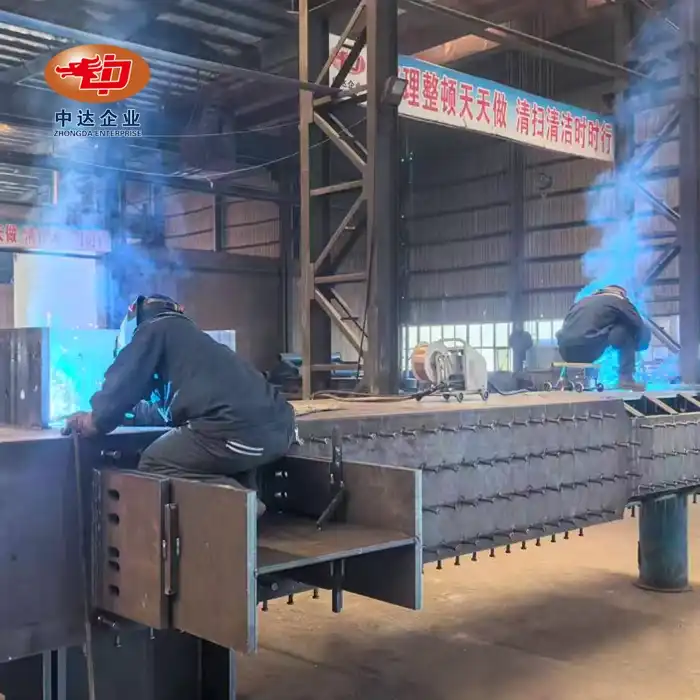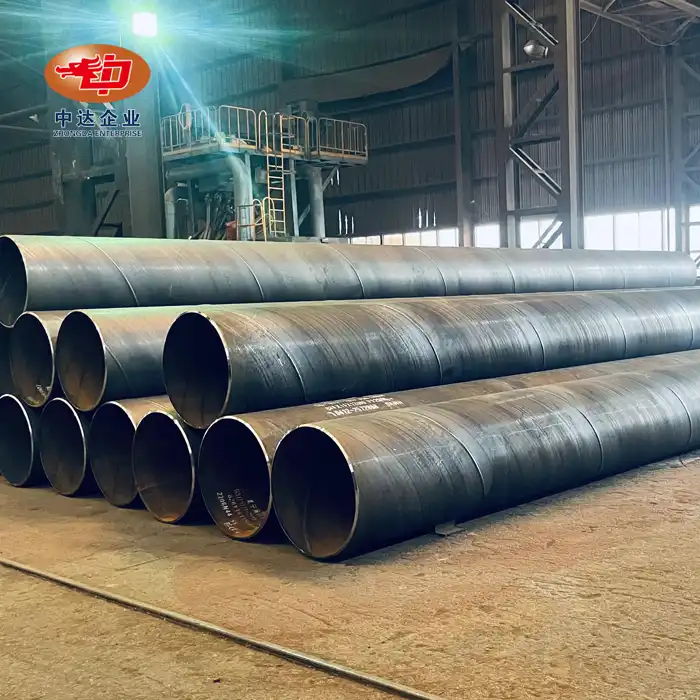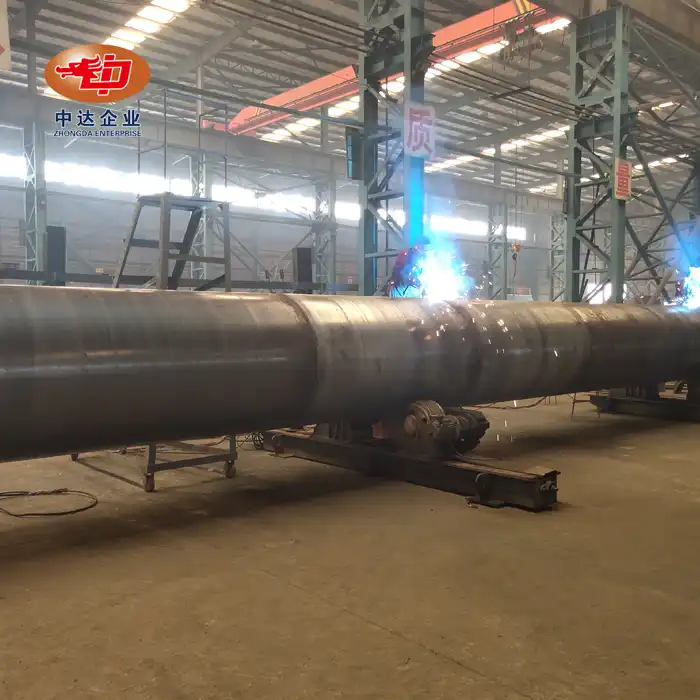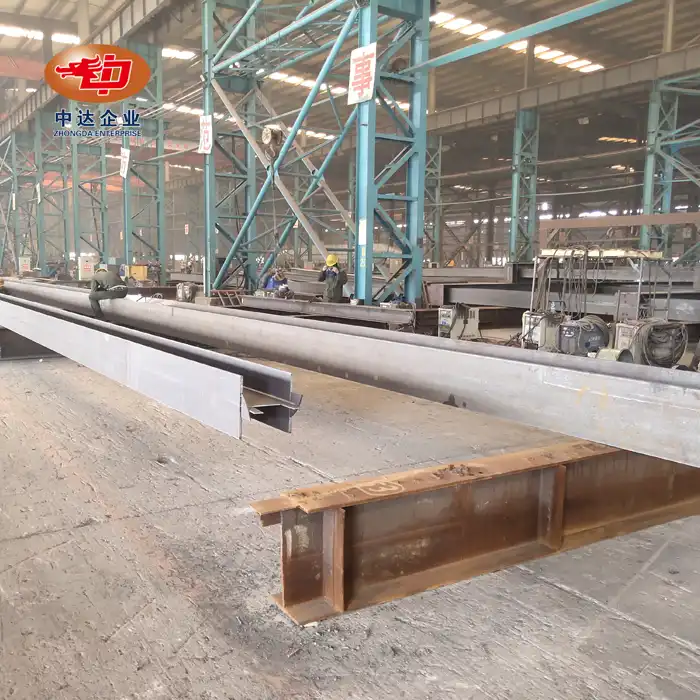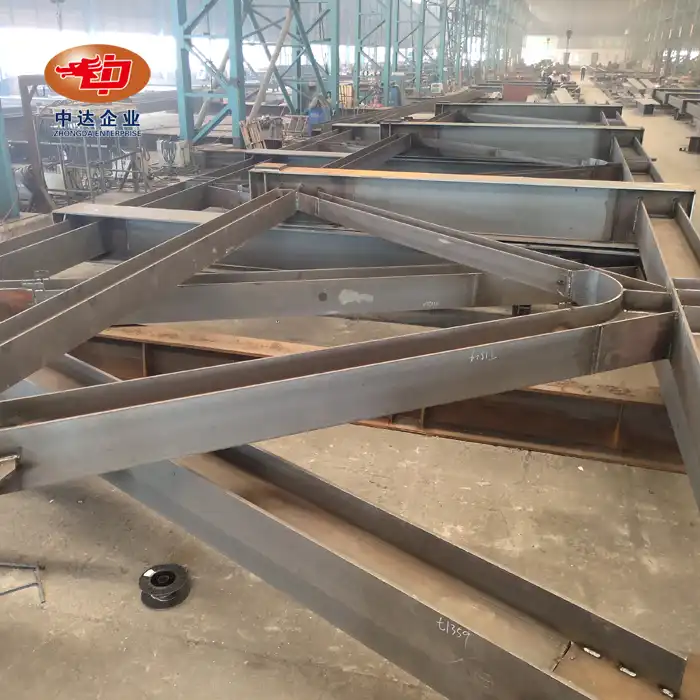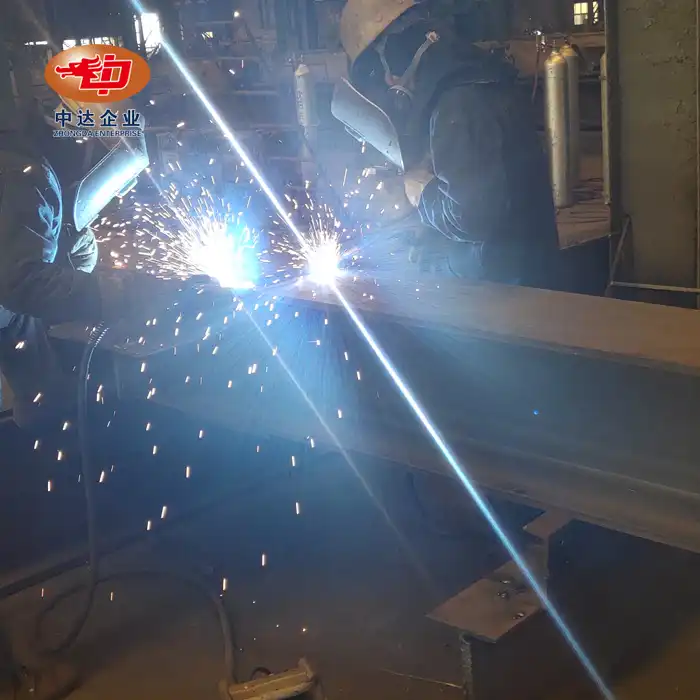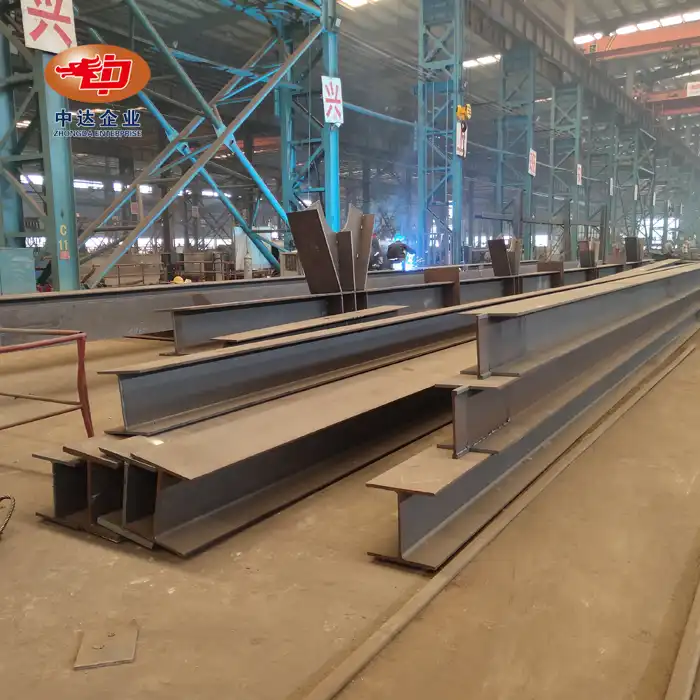The Importance of Compliance in Highway Sound Barrier Installations
Understanding Regulatory Bodies and Their Guidelines
Compliance with highway sound barrier regulations is paramount for ensuring effective noise mitigation and public safety. Various regulatory bodies, such as the Federal Highway Administration (FHWA) in the United States and similar organizations worldwide, set stringent guidelines for the design, construction, and maintenance of sound barriers. These guidelines typically encompass acoustic performance standards, structural integrity requirements, and environmental impact considerations.
For instance, the FHWA mandates that sound barriers must achieve a minimum noise reduction of 5 dBA for at least 50% of impacted receivers. This requirement underscores the need for high-performance materials and precise engineering in barrier design. Shenyang Zhongda Steel Structure Engineering Co., Ltd. excels in meeting these standards with its innovative outdoor sound barriers, featuring a composite structure that achieves a remarkable noise reduction coefficient (NRC) of up to 0.81.
Material Standards and Performance Criteria
Regulatory bodies often specify material standards to ensure durability and long-term performance of sound barriers. These standards may include requirements for weather resistance, fire safety, and structural load capacity. Zhongda Steel's sound barriers, with their 2mm galvanized steel outer layer and high-density centrifugal glass wool inner layer, not only meet but often exceed these stringent material standards.

Performance criteria typically include specifications for noise reduction capabilities, wind load resistance, and longevity. Zhongda's barriers, with their vertical noise reduction of up to 25dB(A) and wind pressure resistance of 1.2kN/㎡, are engineered to comply with and surpass these regulatory benchmarks.
Environmental Impact and Aesthetic Considerations
Modern regulations increasingly emphasize the environmental impact and aesthetic aspects of sound barriers. This includes considerations for wildlife corridors, visual impact on communities, and integration with the surrounding landscape. Zhongda Steel addresses these concerns through its customizable modular design and wide range of color options, allowing for seamless integration into various environmental contexts.
Additionally, the company's commitment to eco-friendly materials and production processes aligns with the growing regulatory focus on sustainability in infrastructure projects. This proactive approach not only ensures compliance but also contributes to more environmentally responsible construction practices.
Key Design and Implementation Factors for Highway Sound Barriers
Acoustic Engineering Principles in Barrier Design
Effective highway sound barriers rely on sophisticated acoustic engineering principles. The design must consider factors such as sound diffraction, reflection, and absorption to maximize noise reduction. Zhongda Steel's innovative approach incorporates these principles through its composite barrier structure, featuring a perforated steel outer layer and a sound-absorbing glass wool inner layer.
The perforation rate of 23-30% in the steel outer layer is carefully calibrated to optimize sound diffraction and absorption. This design allows for a portion of the sound waves to be captured and dissipated within the barrier structure, rather than reflecting back into the environment. The high-density glass wool inner layer further enhances sound absorption, contributing to the barrier's impressive NRC of 0.81.
Structural Engineering and Safety Considerations
Highway sound barriers must withstand significant environmental stresses, including wind loads, vibrations from passing vehicles, and potential impacts. Structural integrity is therefore a critical aspect of barrier design and implementation. Zhongda Steel's barriers are engineered to withstand wind pressures of up to 1.2kN/㎡, ensuring stability and safety even in challenging weather conditions.
The H-shaped columns and concrete foundation system used in Zhongda's highway barrier installations provide robust structural support. This design not only ensures the longevity of the barrier but also enhances safety for both motorists and nearby residents. For rail transit applications, the arc-top design with integrated fall prevention nets further demonstrates the company's commitment to comprehensive safety solutions.
Installation Techniques and Quality Control
Proper installation is crucial for the effectiveness and longevity of highway sound barriers. Zhongda Steel's modular design, with sizes ranging from 2 to 6 meters, facilitates efficient and precise installation. This approach allows for easier transportation, handling, and on-site assembly, reducing installation time and minimizing disruption to traffic flow.
Quality control measures are integral throughout the installation process. Zhongda Steel's commitment to quality is evident in its adherence to international standards and certifications, including EU CE Certification (EN 14388) and SGS Weather Resistance Testing. The company's BIM-based design approach ensures seamless integration of barrier components and facilitates thorough quality checks at every stage of installation.
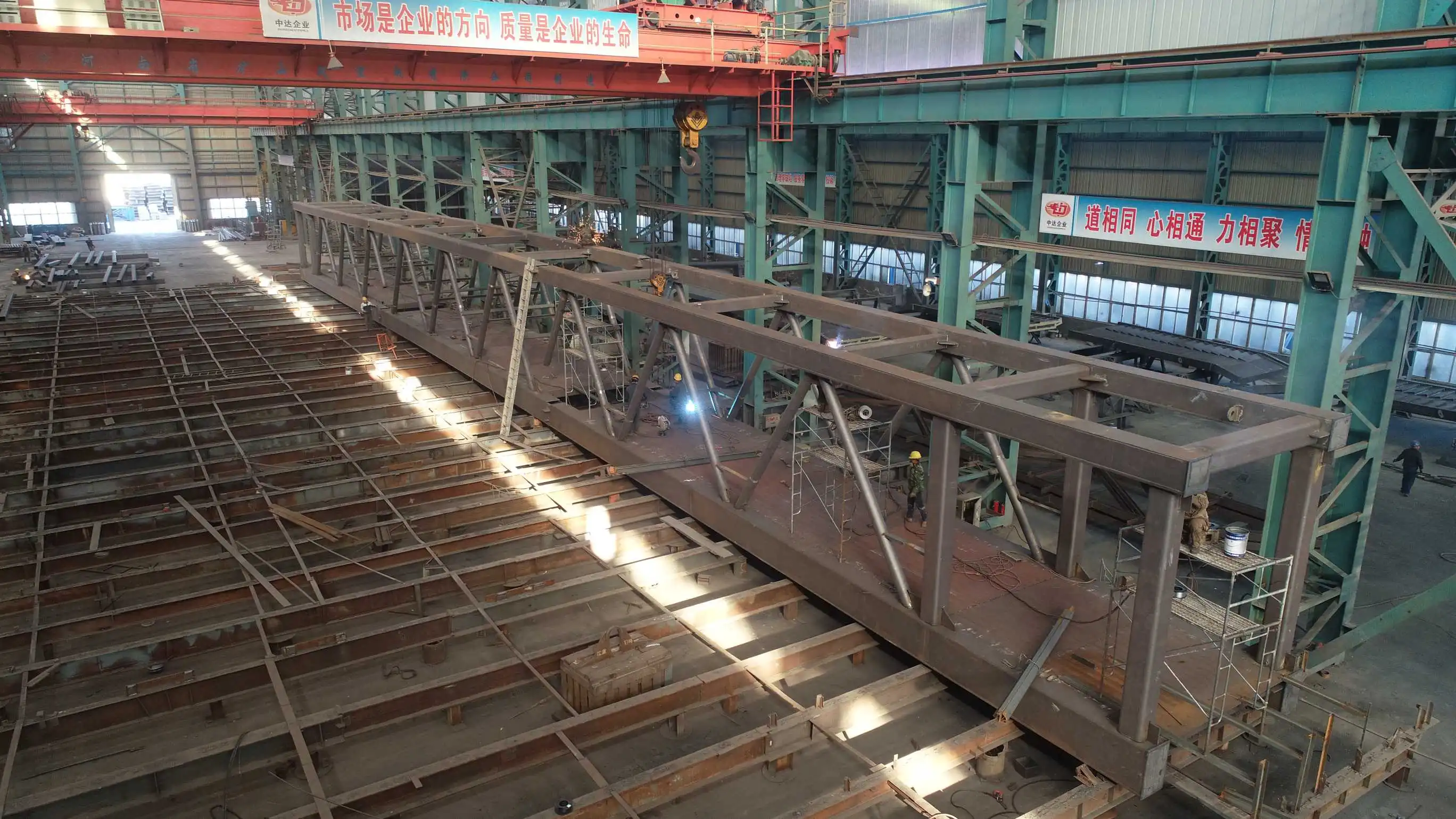
Long-Term Maintenance and Performance Evaluation of Sound Barriers
Ongoing Monitoring and Maintenance Strategies
Long-term effectiveness of highway sound barriers depends on consistent monitoring and maintenance. Regular inspections are essential to identify and address potential issues such as structural damage, degradation of acoustic materials, or shifts in barrier alignment. Zhongda Steel's durable materials and construction methods minimize maintenance requirements, but the company also provides comprehensive guidelines for ongoing care and inspection.
Maintenance strategies may include periodic cleaning to remove debris and pollutants that could affect acoustic performance, repair of any physical damage, and reapplication of protective coatings if necessary. Zhongda's UV-resistant coating, tested to withstand 2000 hours without fading, contributes to reduced maintenance needs and prolonged barrier lifespan.
Performance Evaluation Techniques and Tools
Evaluating the ongoing performance of sound barriers is crucial to ensure they continue to meet regulatory standards and community needs. Advanced acoustic measurement tools and techniques are employed to assess noise reduction effectiveness over time. These may include sound level meters, frequency analyzers, and computer modeling software to simulate and predict acoustic performance under various conditions.
Zhongda Steel collaborates with acoustics experts to develop and implement comprehensive performance evaluation protocols. These assessments not only verify compliance with regulations but also inform potential improvements in barrier design and materials for future projects.
Adapting to Changing Environmental and Regulatory Landscapes
The regulatory landscape surrounding highway sound barriers is dynamic, with evolving standards reflecting advancements in acoustic science and changing environmental priorities. Staying abreast of these changes is essential for maintaining compliance and optimizing barrier performance. Zhongda Steel's dedicated R&D team continually works on innovations to meet and exceed emerging regulatory requirements.
Adaptability in barrier design is key to addressing changing environmental conditions, such as increased traffic volumes or urban development near highways. Zhongda's modular approach allows for relatively easy modifications or expansions to existing barrier installations, ensuring long-term effectiveness and compliance with evolving standards.
Conclusion
Understanding and adhering to highway sound barrier regulations is crucial for effective noise mitigation and environmental protection. From material standards to acoustic performance criteria, these regulations shape the design, implementation, and maintenance of sound barriers. By prioritizing compliance, employing advanced engineering principles, and focusing on long-term performance, stakeholders can ensure that highway sound barriers continue to serve their essential role in noise reduction and community well-being.
Contact Us
For cutting-edge outdoor sound barrier solutions that meet and exceed regulatory standards, trust Zhongda Steel. Our innovative outdoor sound barriers offer superior noise reduction, durability, and customization options. Experience the benefits of our advanced engineering and commitment to quality. Contact us at Ava@zd-steels.com to discuss your highway sound barrier needs and discover how we can enhance your infrastructure projects.











